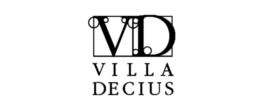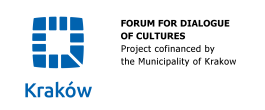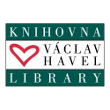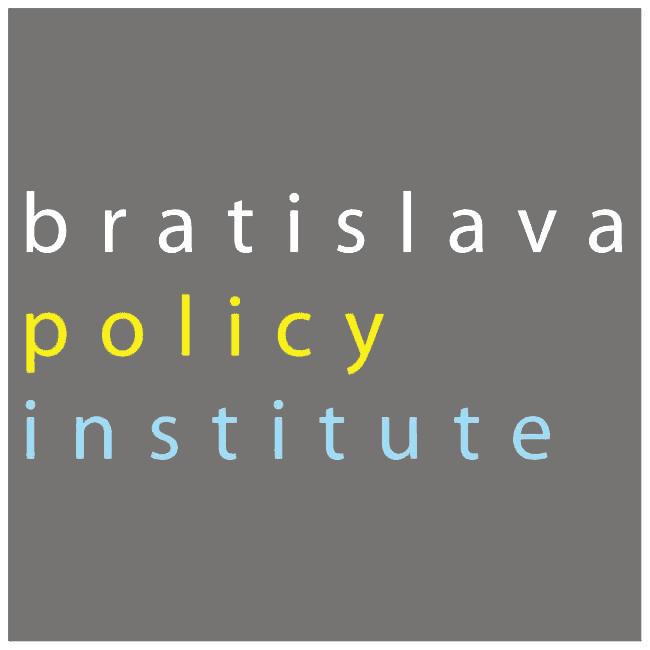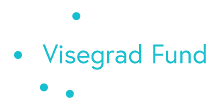The third day of the Visegrad Summer School was focused on Cultural Heritage vs. New approaches. Here is the day in a peep :
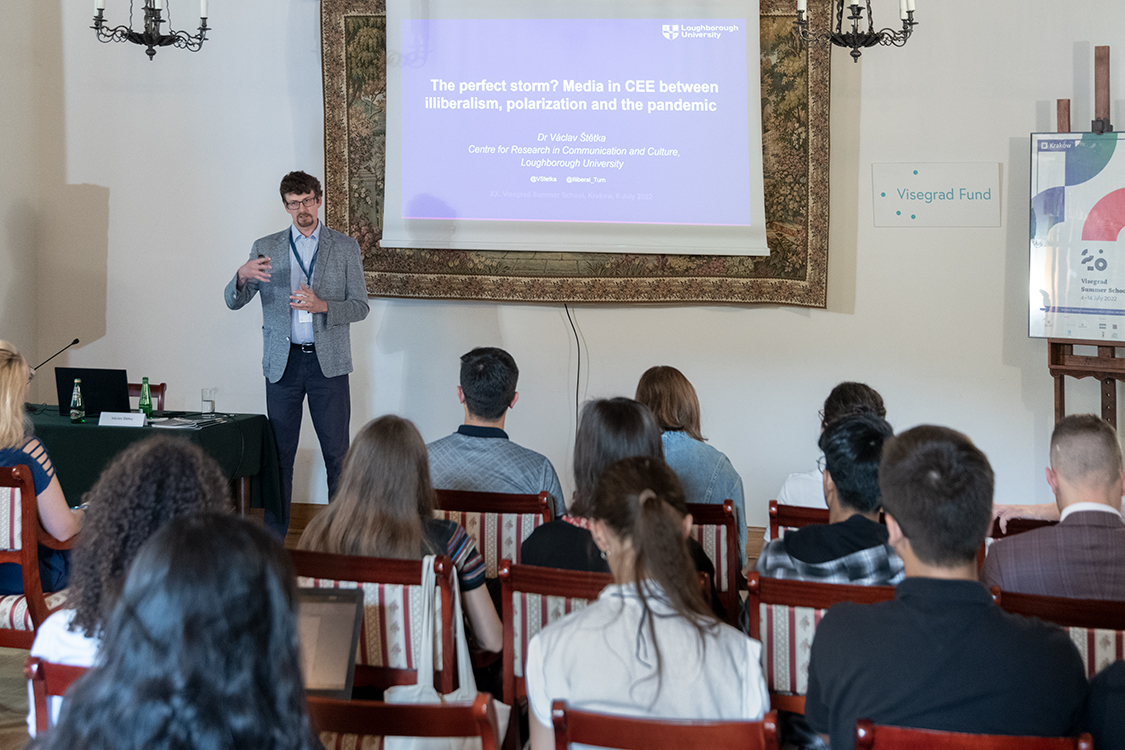
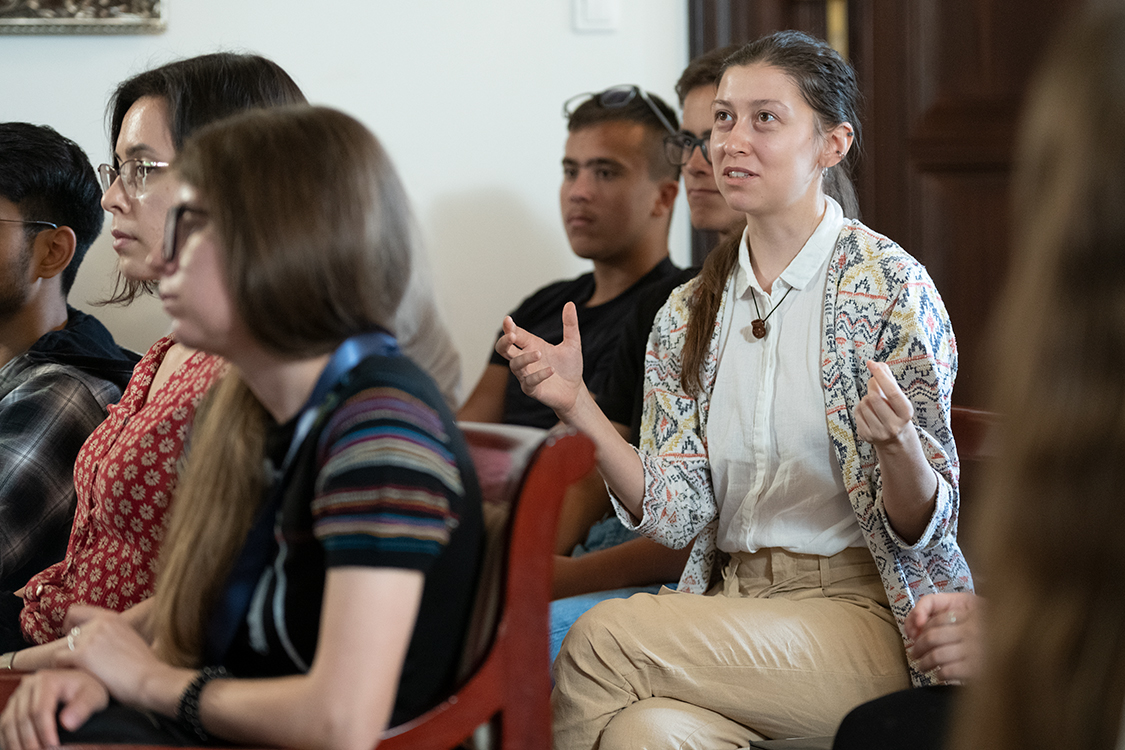
Decline of Freedom - Is Resilience an Issue for Media by PhD. Václav Štětka
Loughborough University
The perfect storm? Media in CEE between illiberalism, polarization in pandemic;
The first part of the lecture was about the democratic deconsolidation of Central and Eastern Europe. There was presented a chart made by Freedom House. It showed development of democracy across last decades- decline of democracy in the Central and Eastern Europe region. The professor pointed out that Poland and Hungary were depicted first as a model of transition to democratic system, but now there are not an excellent example of democracy. This process is linked with decline of media freedom. The professor also presented chart from Media Pluralism Monitor. It focuses on all European Union member states, monitors media from different perspectives: market plurality, commercial & owner influence, political independence. The professor put stress on geographical division between East and Western Europe. The term media viability was presented. It is connected with economic state and health of the media across the region. It is assessed for example by the development of revenues, numbers of journalists who have lost their jobs.
Nowadays we can observe the rise of illiberalism across countries in the world. The term illiberalism can be defined as “decoupling of democracy from constitutional democracy, democracy stripped off liberal institutions that protect individual rights and freedom”. It is linked with social conservatism, ethno-nationalism, majoritanism. The professor also draw attention that some politicians use illiberalism as a badge of honour, for example Victor Orban, who openly says about building a non-liberal state in Hungary. The professor pointed out that media are key institutions of liberal democracy.
The professor described the process of Media Capture in Europe, which consists of a few parts: regulatory capture, control of public service media, use of state financing as a control tool, ownership takeover.
The next important segment of a lecture was about the rise of polarization. It is deepening divides on political and cultural issues and exploited by populist actors, movements, parties. Covid 19 pandemic fuelled both polarization and populism. As an example the anti-vax Covid-sceptic movement can be presented. It can be characterized by distrust to elites and governments. Both of these trends: polarization and populism are endanger to democracy.
The professor also talked about digital platforms. Two most used social media platforms for news are: Facebook and Google (Youtube). What professor pointed out as interesting is, the fact that 20% Serbians use Viber (the survey was from 2020). The use of social media to express political opinion is related to liberal and pro-democracy attitudes in all countries except Poland.
Professional news media in Central and Eastern Europe are facing multiple challenges connected with their freedom to serve democracy. The most risk factors are: right wing populist actors, illiberal governments, economic situation, wider change in the information eco-system, distrust to social media.
Participants also had the opportunity to ask questions. The issues raised by them were connected with the role of Tik-Tok, Instagram as platforms distributing news. They also asked about the pro-Russian media, professional journalism, and the boundaries of freedom of speech.
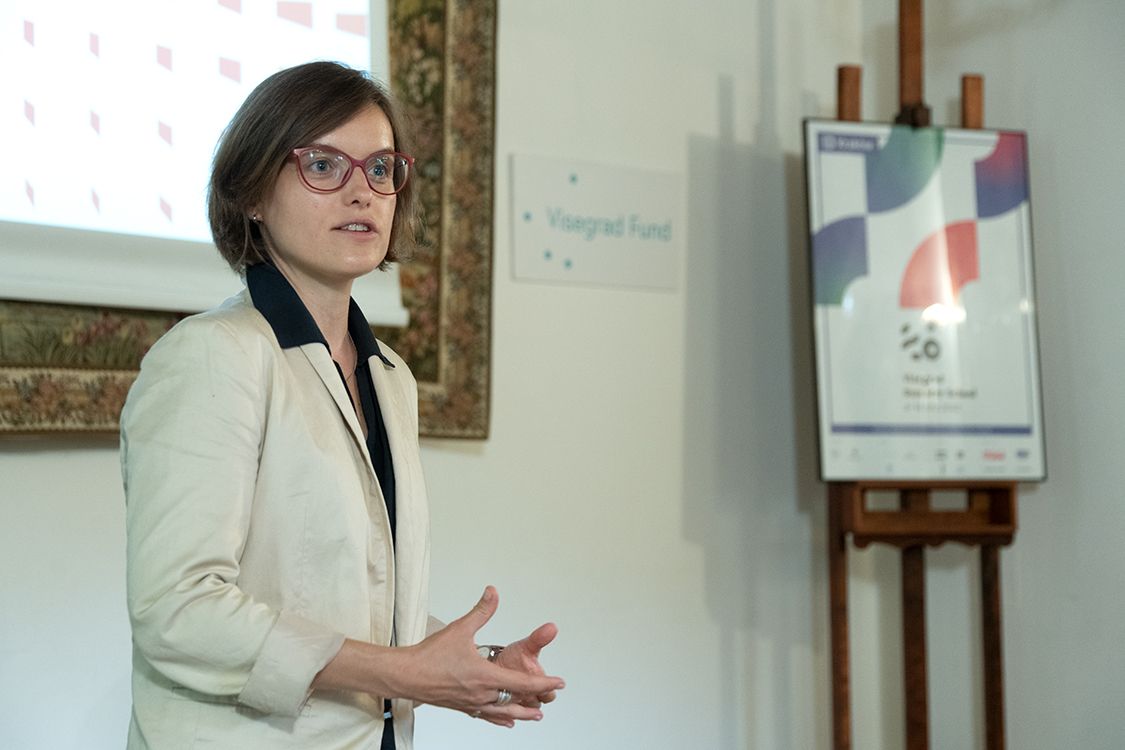
Artists and Culture in War by Bozhena Pelenska
Director of the Jam Factory Art Center (Lviv)
The lecturer presented the former Jam Factory during the Soviet Union now changed into an art center in the city of Lviv, Ukraine, which she runs and cooperates with many Ukrainian professional artists. The Center is considered cultural heritage, so this is a large project started in 2015 aiming to restore and preserve as much as possible from the Factory. Pelenska also pointed out nowadays importance of the building as a distribution Center for humanitarian aid.
The speaker proposed the question about how important is art in war times (if even some artists are enrolling) so the vision and mission were explained: to work with society and through art represent what happens, to tell war through art. Then, it was explained the importance of this work, since this war is targeting Ukrainian independence, freedom and identity, their culture is ultimately targeted, and as a cultural organization they are representing the role of “cultural ambassadors”, and therefore standing for it.
Cultural institutions and artists are continuing advocacy activities under ideas of cultural diplomacy. The lecture ended with a video named Air ride siren in Kyiv and a discussion with the participants.
Victor Senisse
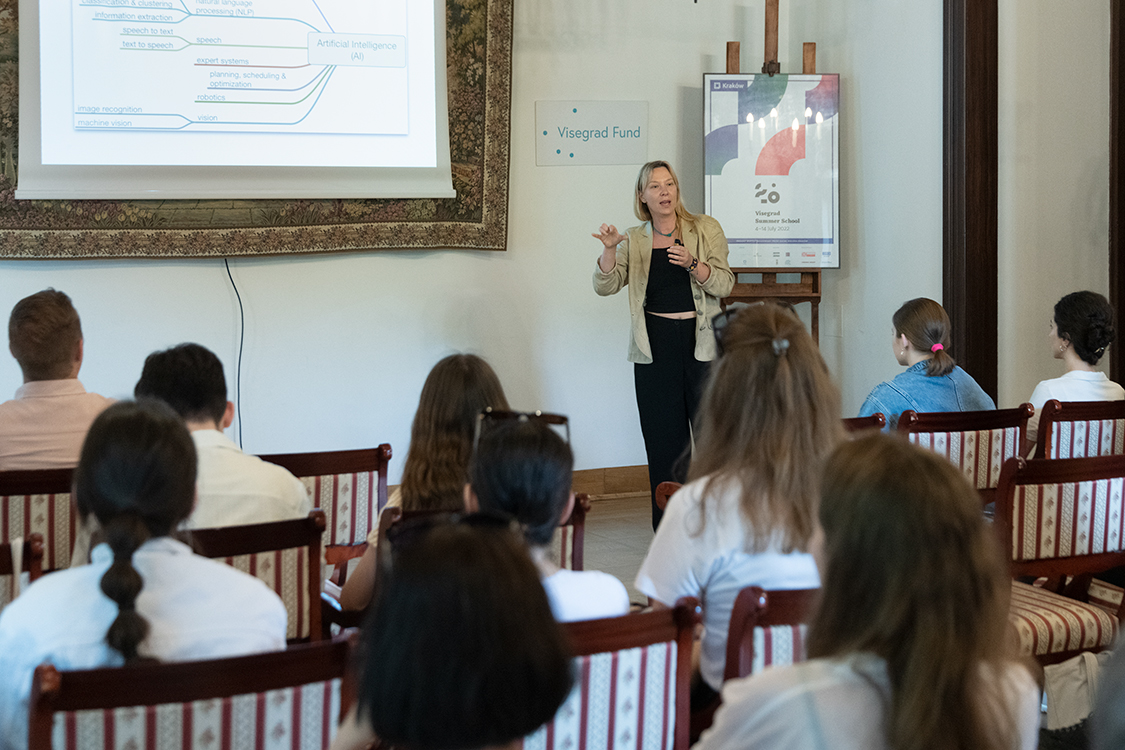
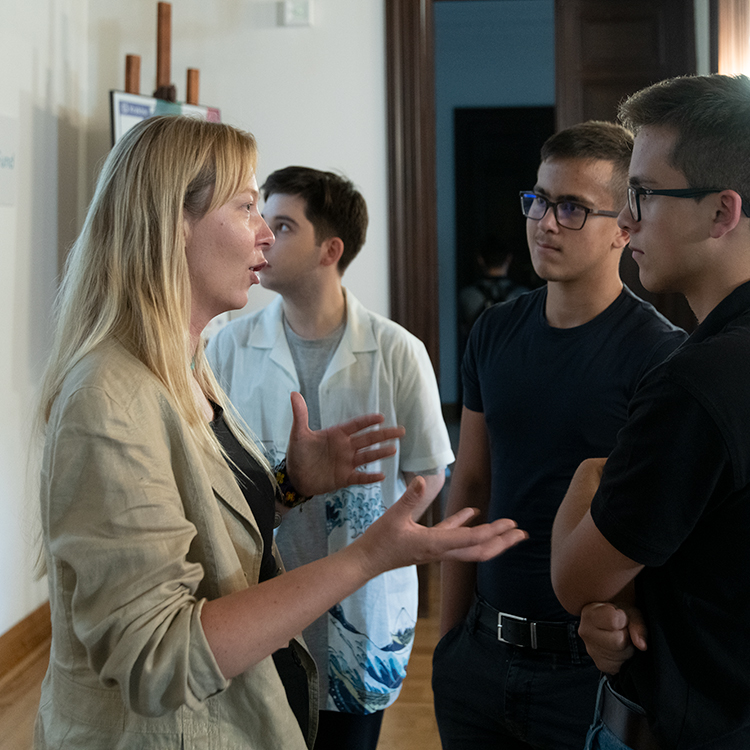
Introduction to Labs: AI at the Service of Mankind - Future or Delusion by professor Aleksandra Przegalinska, Vice-Rector for International Cooperation and ESR at the Akademia Leona Koźmińskiego - Kozminski University
The professor presented us different aspects of artificial intelligence, what is it exactly, how it can be used positively. The Artificial Intelligence boom started in 2012. The pandemic, wars and conflicts always accelerates such booms.
Artificial Intelligence is a set of different algorithms that have specific features. They have the capability to improve, advance themselves. The key component is learning. For example, nowadays algorithms are able to analyse huge chunks of texts. They can gather most relevant information and tell what the book is about. They can also recognise images, sounds and mix them altogether. The professor also mentioned robotics. We do not have achieved so much there, but it has a potential.
The core of Artificial Intelligence is machine learning. We can encounter it daily, for example when we use Gmail, Google. Some services for example, Spotify and Netflix, they use artificial intelligence to attract viewers. They analyse what people liked before, what other people similar to them like and then they give somebody the selection of products, that they should like. The Artificial Intelligence is also used with weather forecasting.
The professor mentioned some trends connected with Artificial Intelligence, for example- Open Data. The focus is, how to create it without depriving people of privacy.
The professor pointed out to new regulation in EU connected with AI Ethics. It rates AI as potential risk. Majority causes no risks, some of it causes limited risk, some higher.
The professor also presented very important aspect of Artificial Intelligence- social responsibility. As an example BlueDot was given- this service looks for threats of contagious diseases and, for example it signalled that something was happening in Wuhan- the beginning of pandemic.
The professor also mentioned one research which was about how urban greenery makes people feel. The research was conducted with the use of artificial intelligence. The results were, that it does not have an effect whether it is wild or regulated.
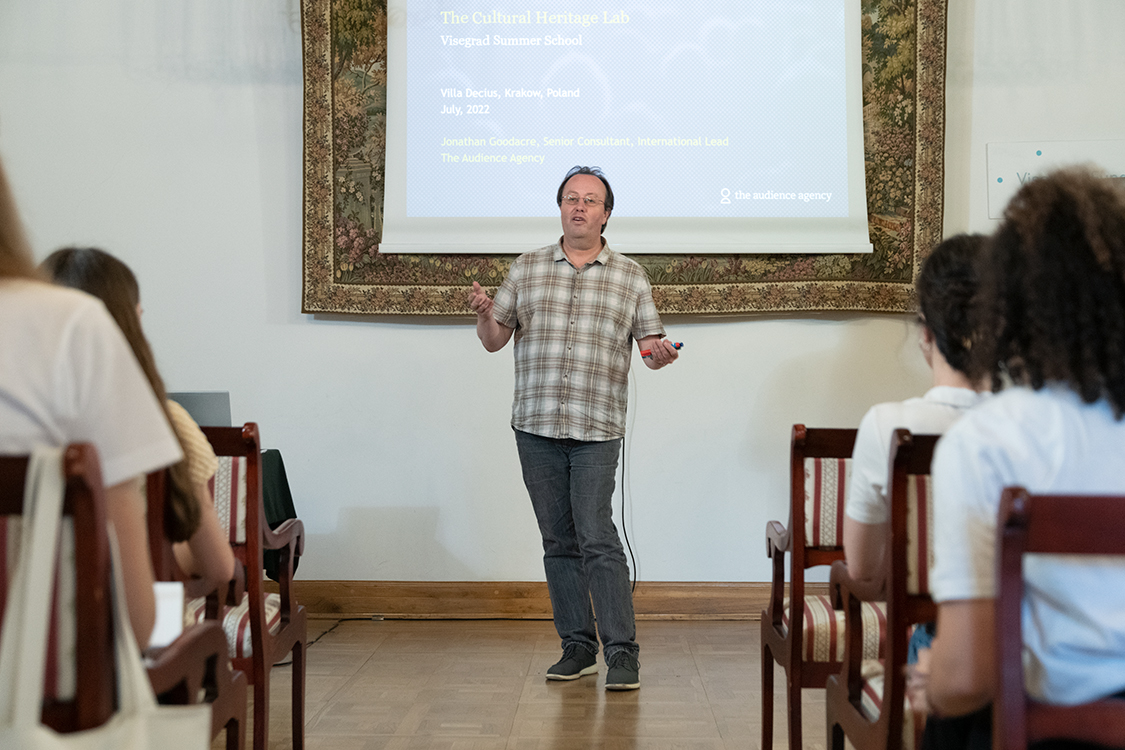
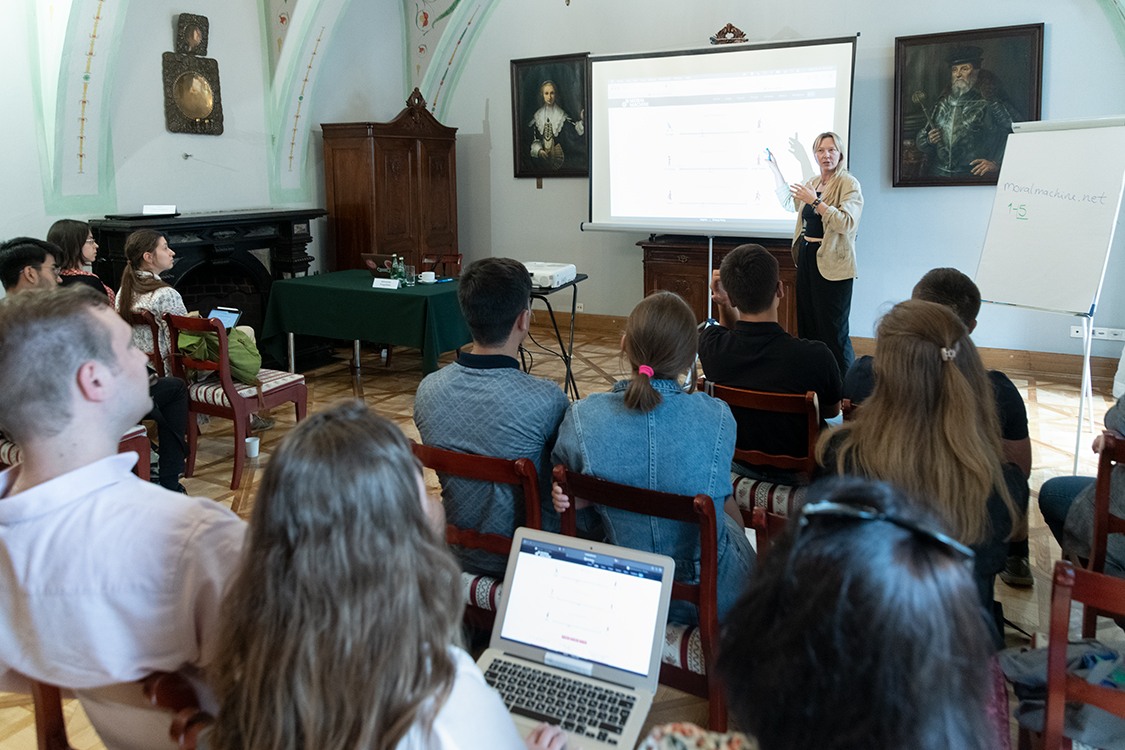
Lab Session: Innovation / Cultural Heritage Lab by Aleksandra Przegalinska and Jonathan Goodacre, The Audience Agency

